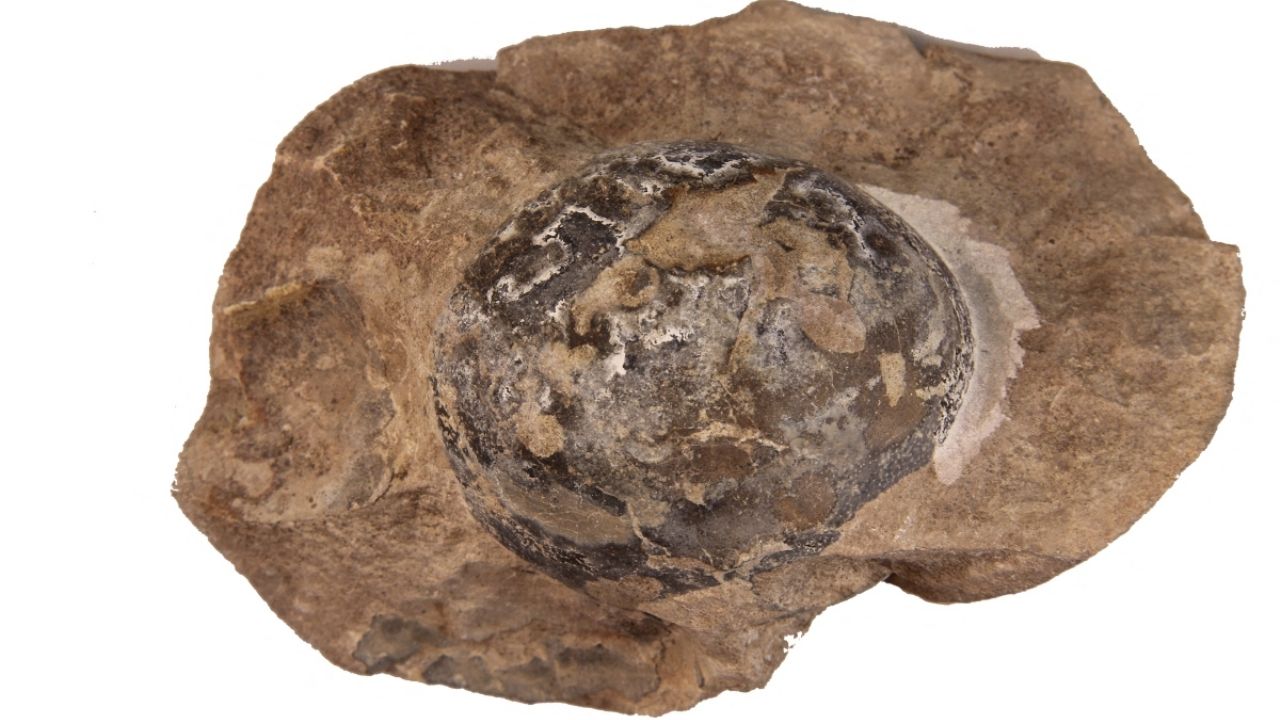
A group of scientists from the United States, France and South Africa discovered in the town of El Tranquilo, in the province of Santa Cruz, Argentina, more than 100 fossilized eggs of a dinosaur from 192 million years ago.
The scientists pointed out that the eggs belong to the herbivorous dinosaur species Mussaurus patagonicus They were in the province of Santa Cruz located in southern Argentina, where other explorations had already been carried out in the 70s in which skeletons of young dinosaurs were found.
It may interest you: Sold! This millionaire sum was paid for a 66 million-year-old triceratops skeleton: VIDEO
The experts pointed out in their study, published in the journal Scientific Reports, that 80 fossils of 69 dinosaurs of all ages were also found at the site, which would confirm that the ability to live in groups already existed 40 million years ago.
Diego Pol, who heads the research and a member of the Egidio Feruglio Paleontological Museum, explained that the discovery of the eggs and fossils shows that dinosaurs will gather to reproduce and establish lasting social ties: “It was not only a nesting colony, but these animals spent a good part of their existence together ”.
The main characteristic of the species Mussaurus patagonicus is that they had a long neck, fossils of these have also been found in countries such as South Africa and USA.
Dinosaur skeleton up for auction
Last Thursday, October 21, the skeleton of “Big John” was auctioned for $ 7.7 million in Paris, which is considered the largest known triceratops as it measures 8 meters long and is 66 million years old.
The triceratops It will return to the United States, where it was discovered in 2014 by geologist Walter W. Stein Bill in South Dakota, and will supposedly be part of the anonymous buyer’s collection, says the AFP agency.
It may interest you: Terrifying! They fish for shrimp with three eyes and warn about the evolution of this strange species
This dinosaur – whose skeleton is 60 percent complete – is part of the time of the Upper Cretaceous, that is to say, the last era of the dinosaurs on Earth. In addition, he lived in Laramidia and died in a flooded area and was buried in the mud, which explains its level of conservation, adds AFP.
KEEP READING:
Amazing! They discover a species of whale, with four legs?
They discover in Spain the REMAINS of an UNKNOWN species of DINOSAUR
Scientists identify new species of dinosaur, the largest in Australia



